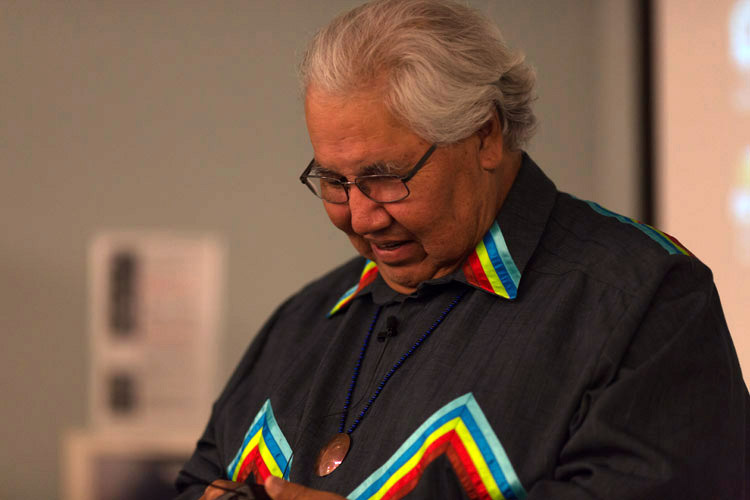Erasure
Truth and Reconciliation in Canada and South Africa

Did you know that the Truth and Reconciliation Commission (TRC) in Canada was modeled after one that occurred in South Africa in the 1990s? The South African TRC was widely viewed as successful compared to other truth-finding initiatives that have taken place across the world.
In 2009, the government of Canada decided to formally investigate the harmful treatment of Aboriginal, Métis and Inuit people due to colonialism. The government assembled a Truth and Reconciliation Commission, chaired by Justice Murray Sinclair.
Marie Wilson and Chief Wilton Littlechild acted as Commissioners. Together, they conducted the investigation to share the truth of Canada’s colonial history to achieve reconciliation today. When we learn about the TRC in Canada, remember that one of the most successful Truth and Reconciliation Commissions occurred in post-apartheid South Africa.
Extractive colonialism occurs when members of an outside nation-state inhabit a foreign country and extract resources to send back to their home country, in order to build wealth. This outside nation-state establishes a presence in the foreign country, but does not establish a new nation-state. This is the case in many African countries and in India. With extractive colonialism, once resources have been extracted, settlers leave and leave a big mess.
Settler colonialism occurs when members of an outside nation-state destroy another country’s culture(s), land, and infrastructure in order to replace it with their own. The outside nation-state eradicates what existed before its arrival and builds new structures and systems to erase and replace what was there. In the case of settler colonialism, settlers never leave.